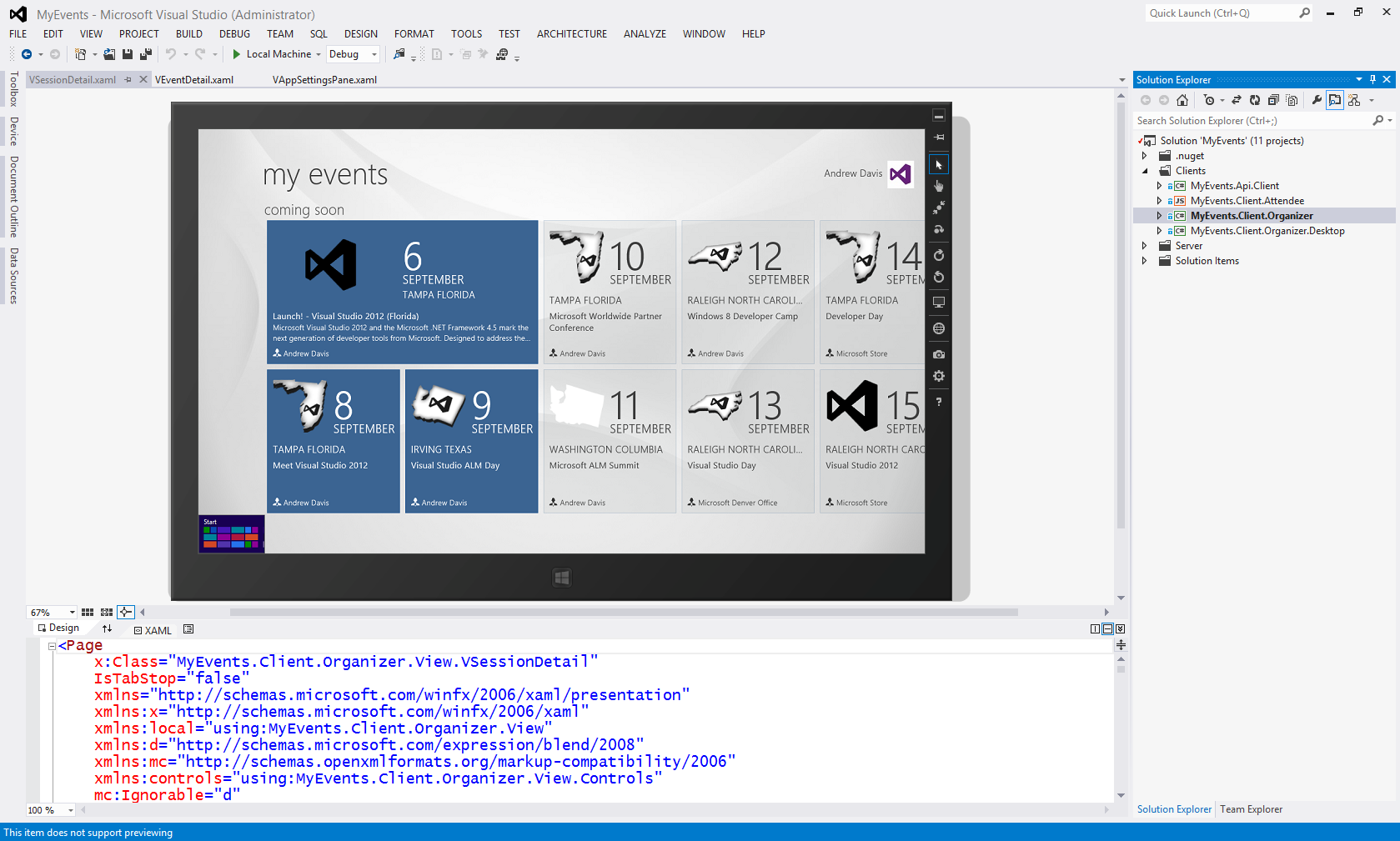
Now it’s time for your app to see the light! Lend your app a unique name and brand, and then host it to deploy on Google Play store. Launch and Upload Your App on Google Play store Test your app with different devices, environment, and network conditions to catch all bugs. There are a few stages of testing: Unit and Integration tests, automated tests and manual testing. This step ensures that all pre-production bugs, integration issues, and errors are caught. Testing plays the most crucial role in the app development process. Incorporate functionalities and features such as push notifications, user authentication, in-app payments and transactions, and database integration to make your application more responsive and interactive. It’s Up to you if next, you want to choose either the native or hybrid framework to build your Android app. Creating Functionality and Features of Your App It is also important to creatively incorporate app icons, logos, and other branding material related to the application. This can be done by creating wireframes or prototypes with design software such as Sketch, Adobe XD, or Figma. The user interface(UI) should be intuitive, user-friendly, and easy to navigate. The design and layout of an app can make a significant difference when it comes to user experience. How to Make a Pom for Your Hat: A Step-by-Step Guide 3. It is also important to choose the right project type, whether it is for mobile games, social media or entertainment, etc., for example, native, hybrid or web-based apps. These IDEs offer essential tools including simulators, emulators, and an extensive library of code snippets that can be used in the development process. In order to make efficient and scalable applications, it is best to choose a versatile and feature-packed IDE such as Android Studio or Eclipse.

The next step to make your Android app is choosing the project type and development tools that can be used to create and run apps. Choose Your Project Type and Development Tools Therefore, it is essential to have a good grasp of front-end and back-end development processes, like Java and XML, along with Object Oriented Programming(OOP) concepts. Android app development frameworks come in a wide range of programming languages that can be used to build versatile and efficient applications. Understand the Basics of Android App Developmentīefore embarking on the journey of making an Android app, it is essential to have a basic understanding of the Android app development process.

Understand the Basics of Android App Development


 0 kommentar(er)
0 kommentar(er)
